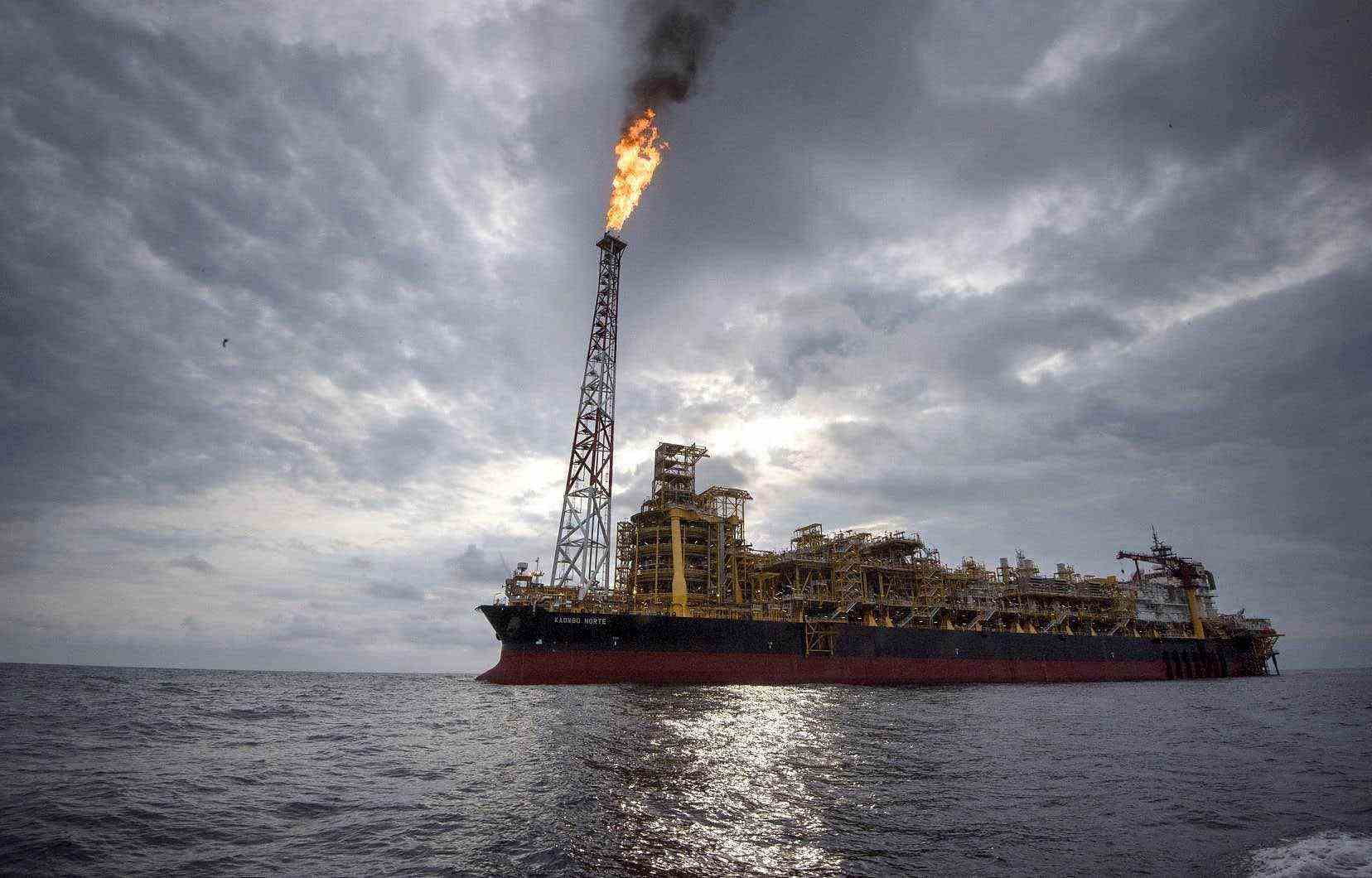The Trudeau government is acting in a contradictory way when it comes to protecting biodiversity, deplore Équiterre and the Sierra Club Canada. The two environmental groups took advantage of the UN conference on biodiversity (COP15) on Wednesday to denounce the Bay du Nord project, highlighting the risks of an oil spill and the potential impacts for the marine ecosystems of the coast. east of the country.
“Canada cannot claim to be a leader on biodiversity while approving a deep-sea oil drilling project that endangers marine life. In doing so, it loses its credibility here in the country and on the international scene,” argued Marc-André Viau, director of government relations at Équiterre.
“We are at COP15 to talk about the decline of biodiversity and the need to live in harmony with nature by 2050. We must therefore talk about issues such as the Bay du Nord project”, he added, in interview at To have to.
Last April, the Trudeau government authorized Equinor to carry out the Bay du Nord oil project. It is in an area located 470 kilometers off the coast of Newfoundland, where the seabed is more than 1,000 meters deep, that the company plans to drill up to 60 production wells while pursuing its exploratory drilling. According to company estimates, more than 500 million barrels of oil could be extracted there by 2058.
Biodiversity
However, such an oil project poses risks for the climate and marine ecosystems, according to Équiterre and the Sierra Club. It is true that the federal environmental assessment has highlighted several biodiversity issues. The Equinor project is located in an “ecologically and biologically significant area of the United Nations Convention on Biological Diversity”, but also in “vulnerable marine ecosystems”.
The drilling will also be carried out near recognized critical habitats of endangered species, bird sanctuaries and an important “marine refuge” set up by the Trudeau government to achieve its objectives of protecting the oceans.
This maritime region is also recognized as an important habitat for several species of commercially exploited fish, 14 species of birds at risk as well as about fifteen species of marine mammals, which are particularly sensitive to underwater noise pollution. Equinor plans to do seismic surveys there.
Risk of spillage
In this context, “a major spill, or submarine blowout, in the Atlantic Ocean would seriously damage the surrounding marine environment and could potentially destroy the habitat of whales, fish, seabirds and many other animals,” the two groups, who have launched a lawsuit against federal Environment Minister Steven Guilbeault, said Wednesday over Bay du Nord’s approval.
They believe in particular that the risks of spills are very real, based on the Review of the environmental impact study conducted by experts from Fisheries and Oceans Canada. In this document, dated last January, the ministry refutes the claims of Equinor, which affirmed in its impact study that the risk of a spill is “extremely low”. “If 40 wells are drilled in 30 years, the probability of an extremely large spill is 16%,” write the federal experts.
They are also very critical of the quality of the impact study presented by Equinor. “Overall, the reference information reported was incomplete and outdated for almost all chapters reviewed,” they point out. “In its current form, and until the issues raised in this report are resolved, the environmental impact study is not considered a reliable source of information for decision-making processes”, add the experts of Fisheries and Oceans Canada.
Équiterre and the Sierra Club also point out that in the event of an oil spill in the marine environment, Equinor will not be able to immediately deploy a “capping system”, which is installed on the seabed to block the escape of the oil. The oil company does not have any. It has instead planned to bring this equipment from Brazil or Norway. Transport by boat and installation would require a delay of “18 to 36 days after the incident”, according to the data provided by the company.
Other projects
Despite criticism from environmental groups, the Impact Assessment Agency of Canada is reassuring. In a written response, she says she followed “a rigorous environmental assessment process over several years, based on scientific evidence and consultation with Aboriginal people and the public. It has also benefited from the opinions of experts collected from provincial and federal ministries”.
The organization adds that the oil project is subject to several conditions with which the promoter must comply throughout the duration of the project. “These conditions include measures to protect fish and fish habitat, marine mammals and sea turtles, migratory birds, species at risk, and resource use by Indigenous peoples,” the assessment agency said. impact of Canada.
The Bay du Nord project could be followed by other offshore oil exploration projects off the coast of Newfoundland in the coming years. The provincial government wants around 100 exploratory wells to be drilled by 2030, so as to double production at sea. It would then reach 650,000 barrels per day, or a potential of more than 237 million barrels per year. .
Following an auction launched earlier this year with Ottawa’s approval, the Canada-Newfoundland and Labrador Offshore Petroleum Board (C-TNLOHE) received five companies wishing to acquire exploration permits. If everything goes as planned in the permit granting process, these should be granted as early as January 2023.
